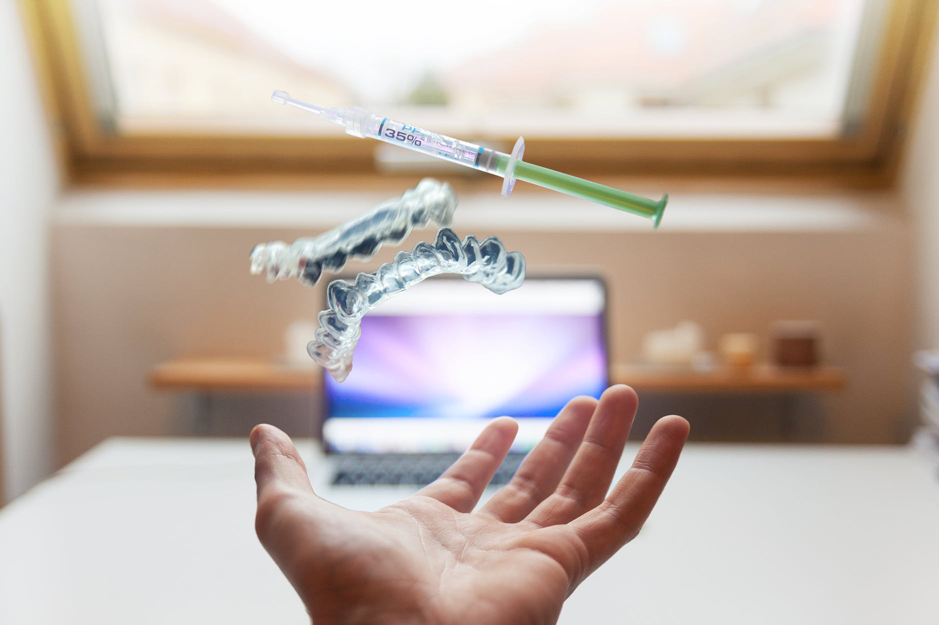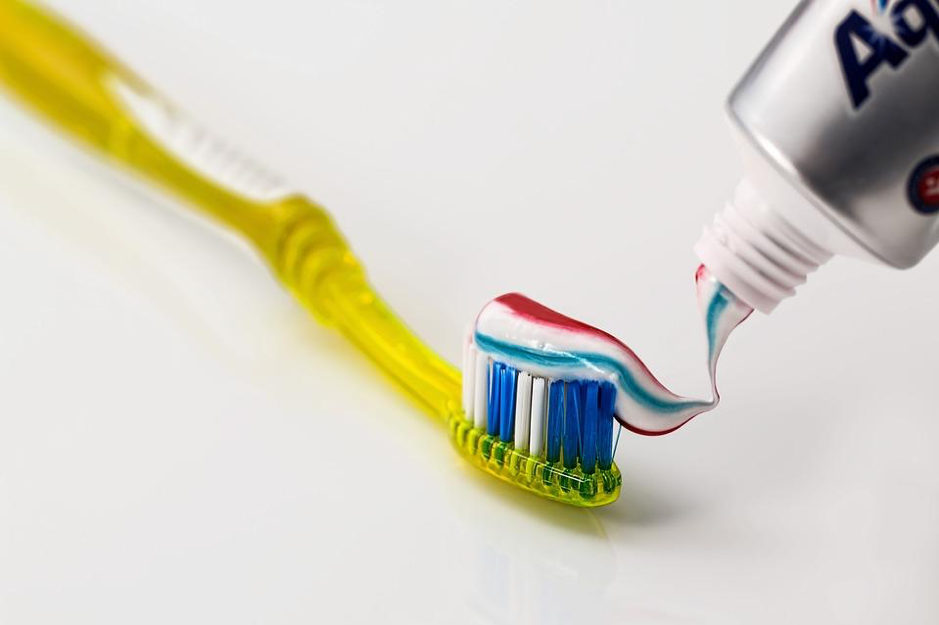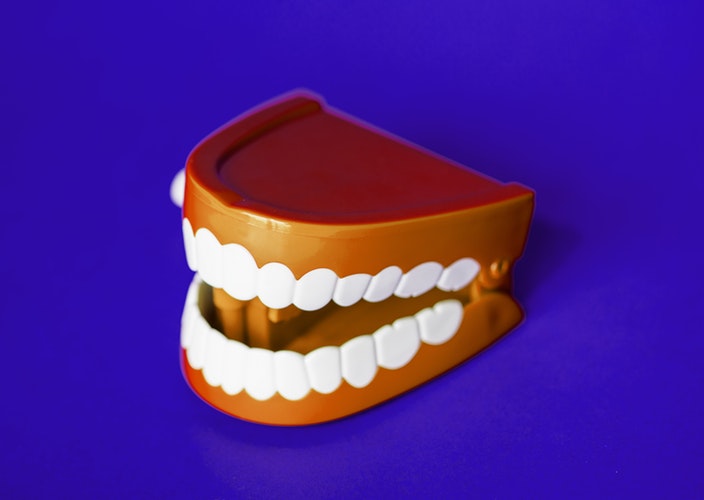
Common Dental Condition Treatments
How much do you know about the most common dental conditions?
There are a large number of minor & serious dental conditions that can affect people of all ages. You can avoid or effectively manage/treat most conditions when you know what symptoms to look out for and how to prevent problems in the first place.
Given the fact that your adult teeth are supposed to last a lifetime, it really pays to understand when something is wrong with your oral health, so you can seek the best treatment as quickly as possible!
Here are six of the most common dental conditions, their symptoms, the treatment options, and how to prevent them:
Condition One: Tooth Decay
Common symptoms: Sensitivity, toothache, bad breath, dark spots on teeth

Tooth decay – also known as cavities or dental caries – refers to a softening of the outer layer of the tooth due to acid attacks. read more





